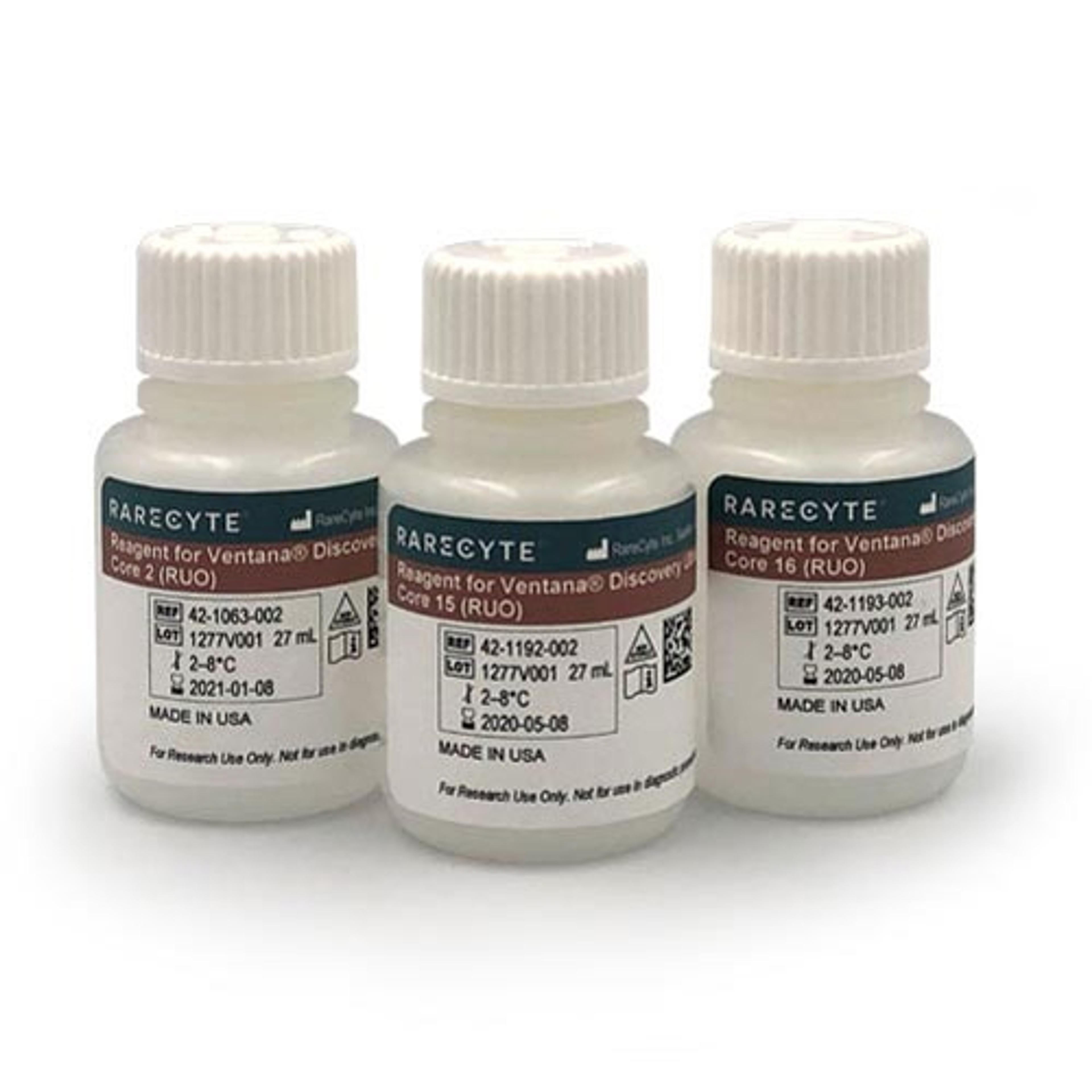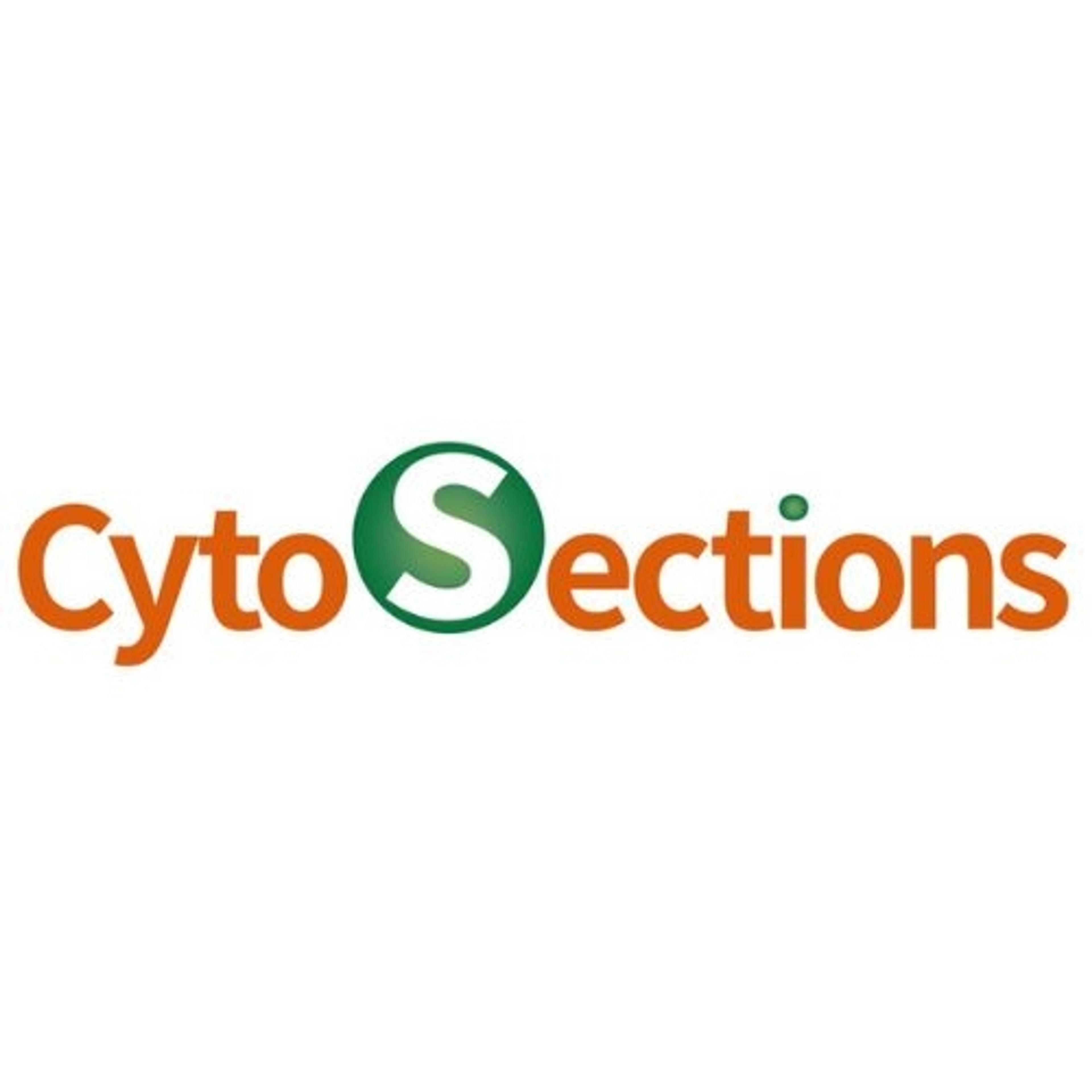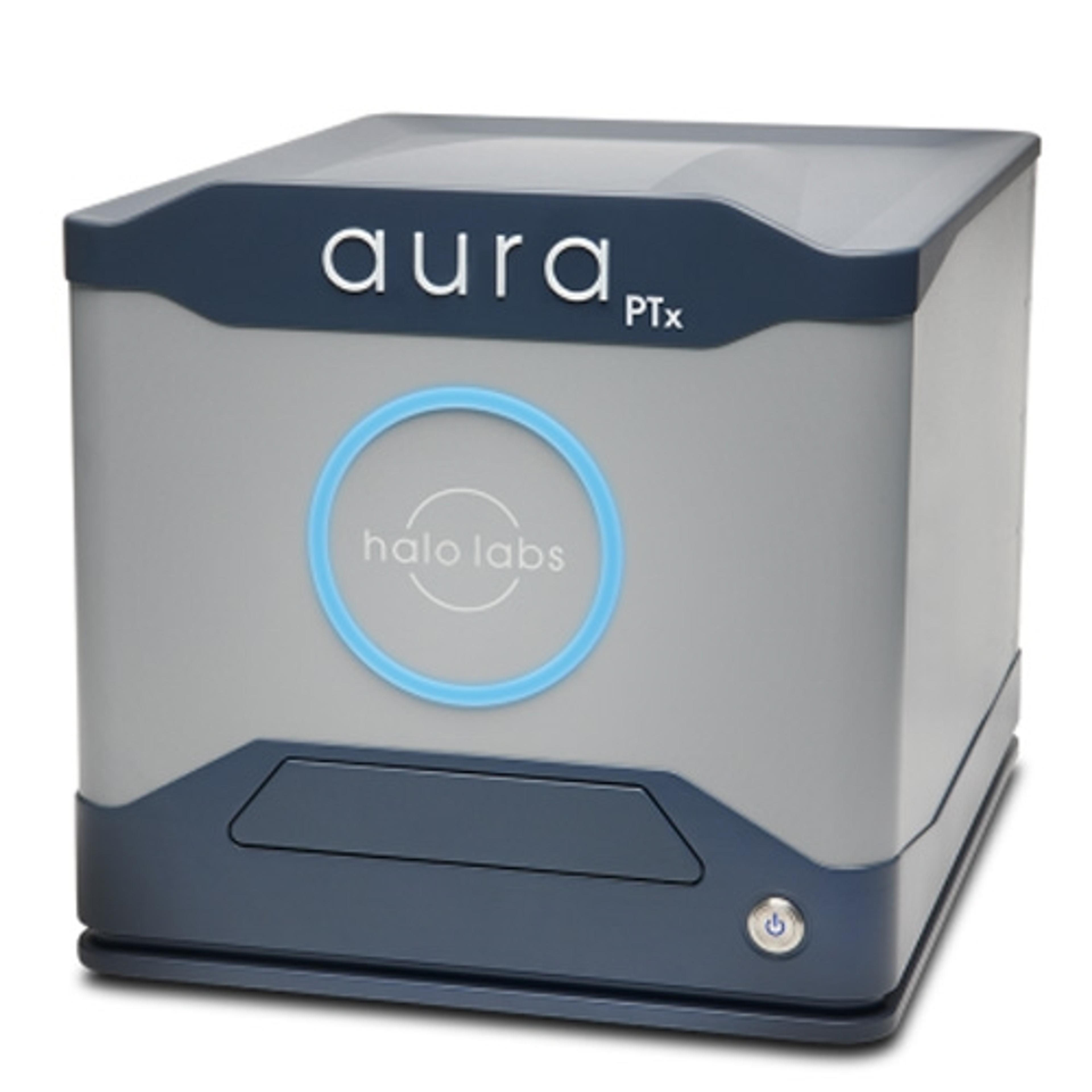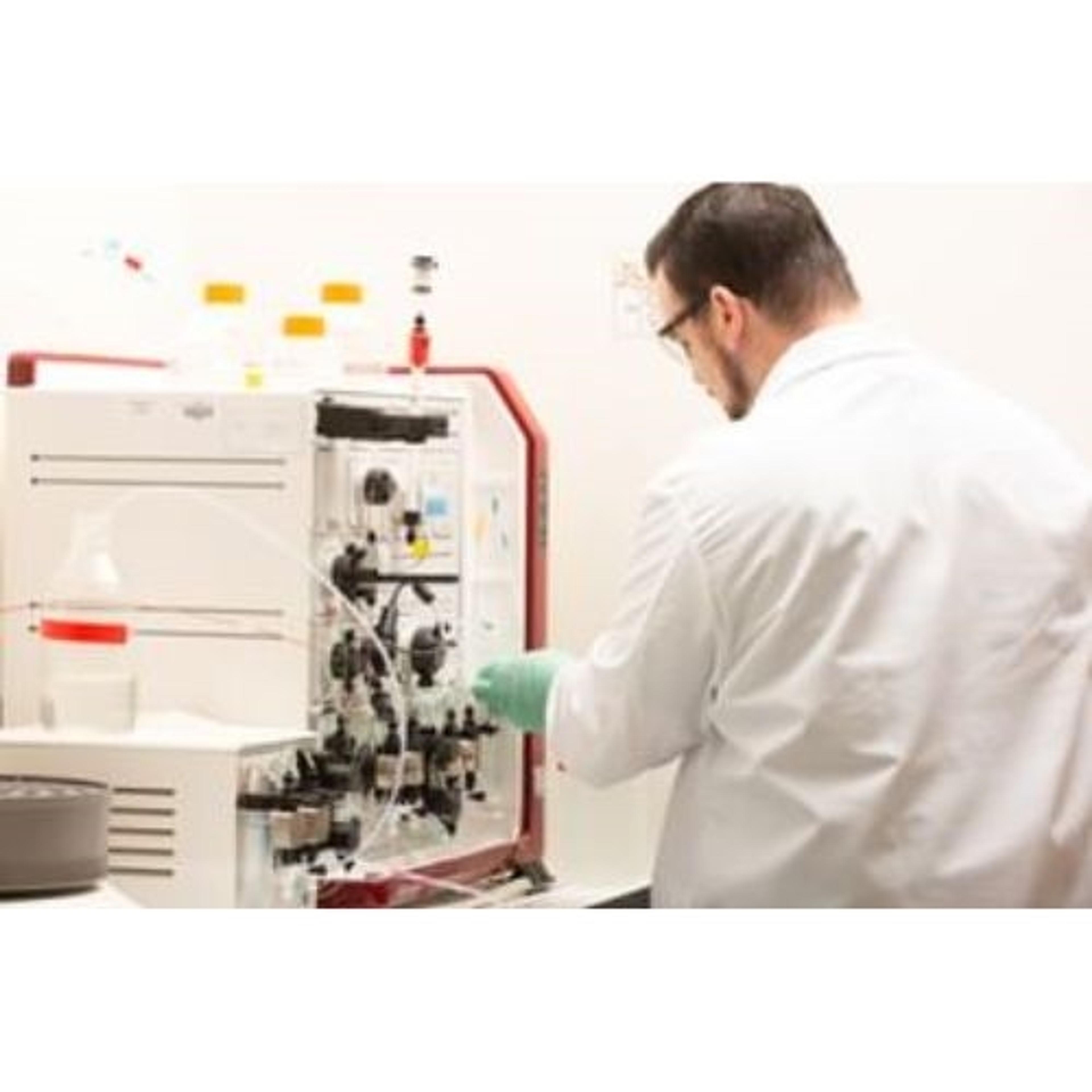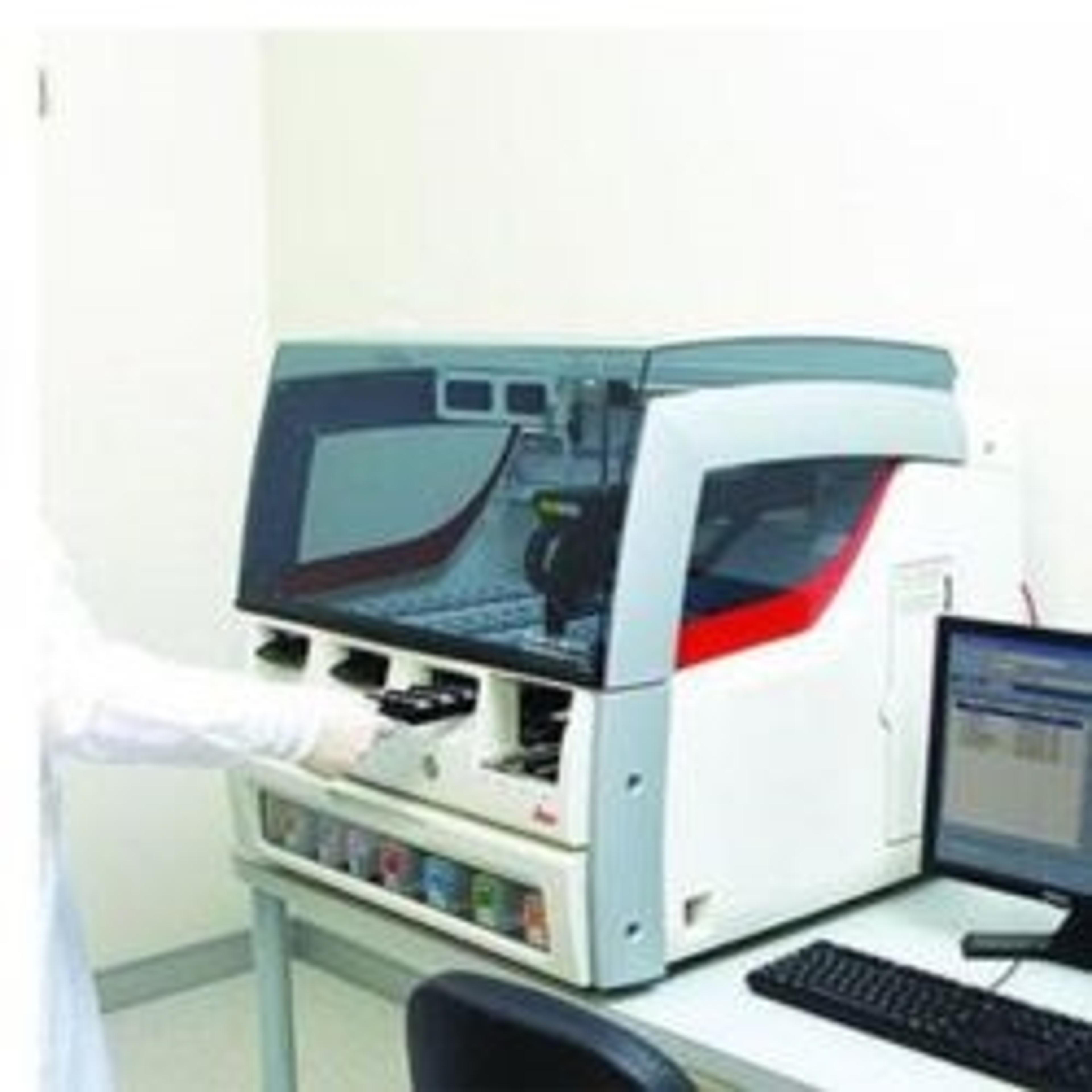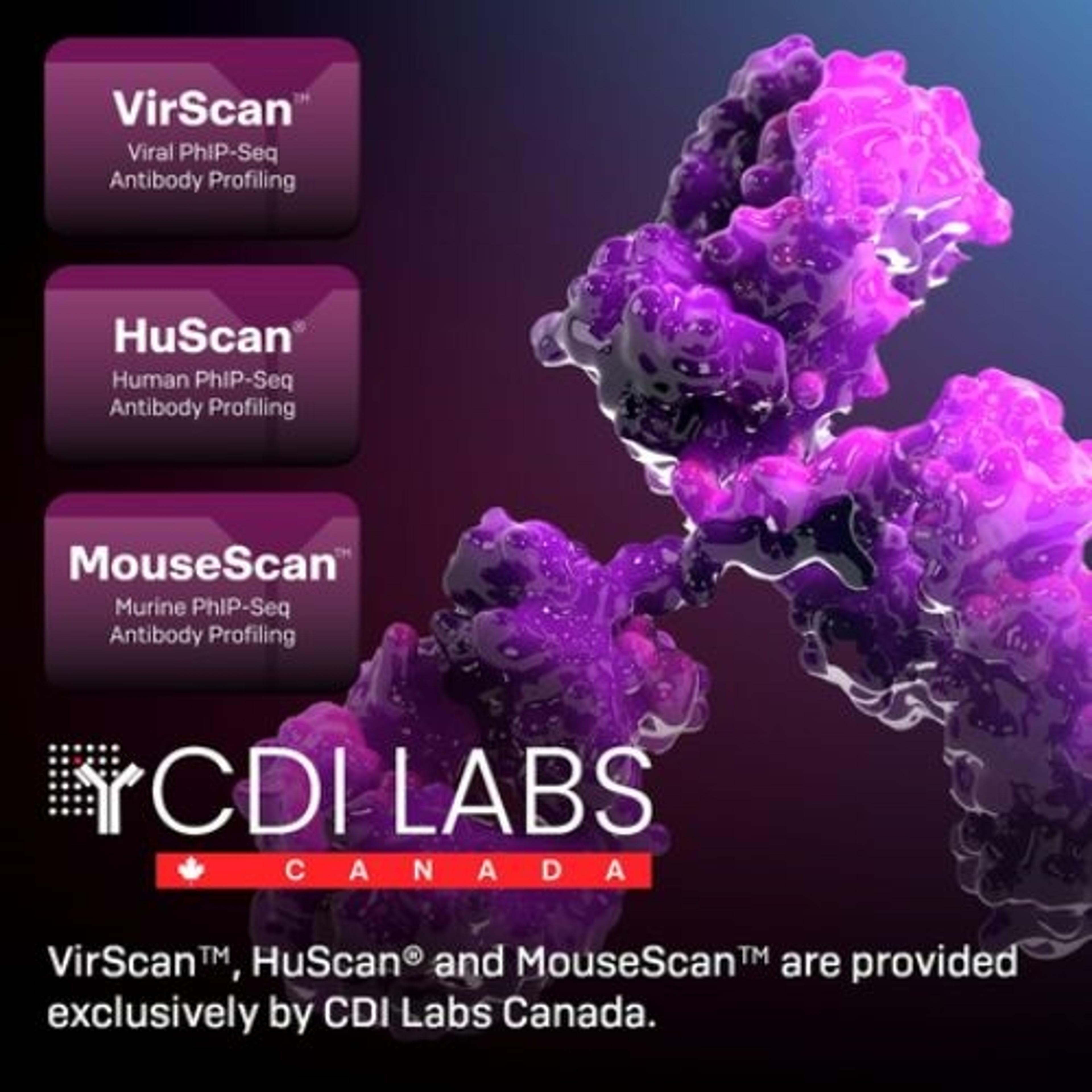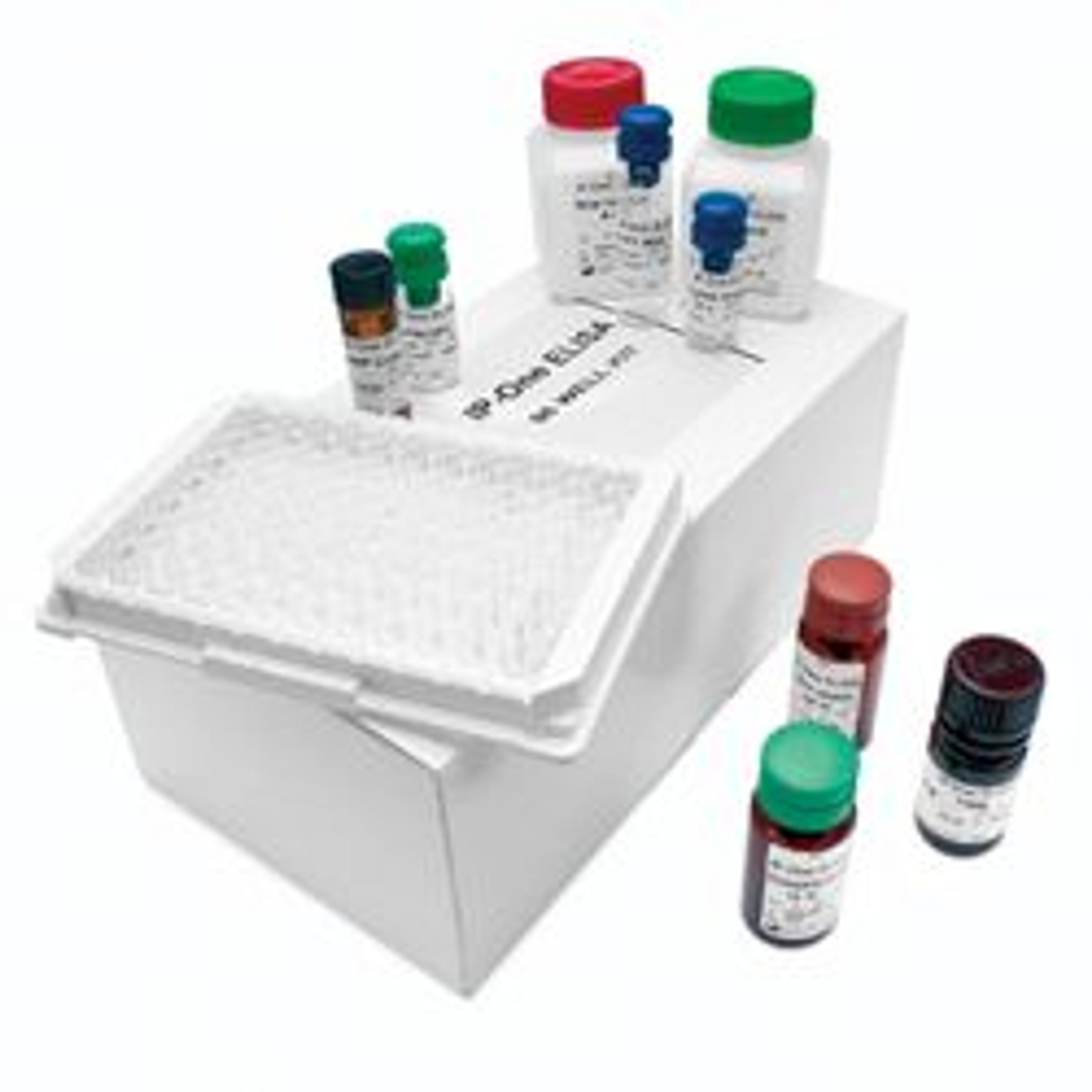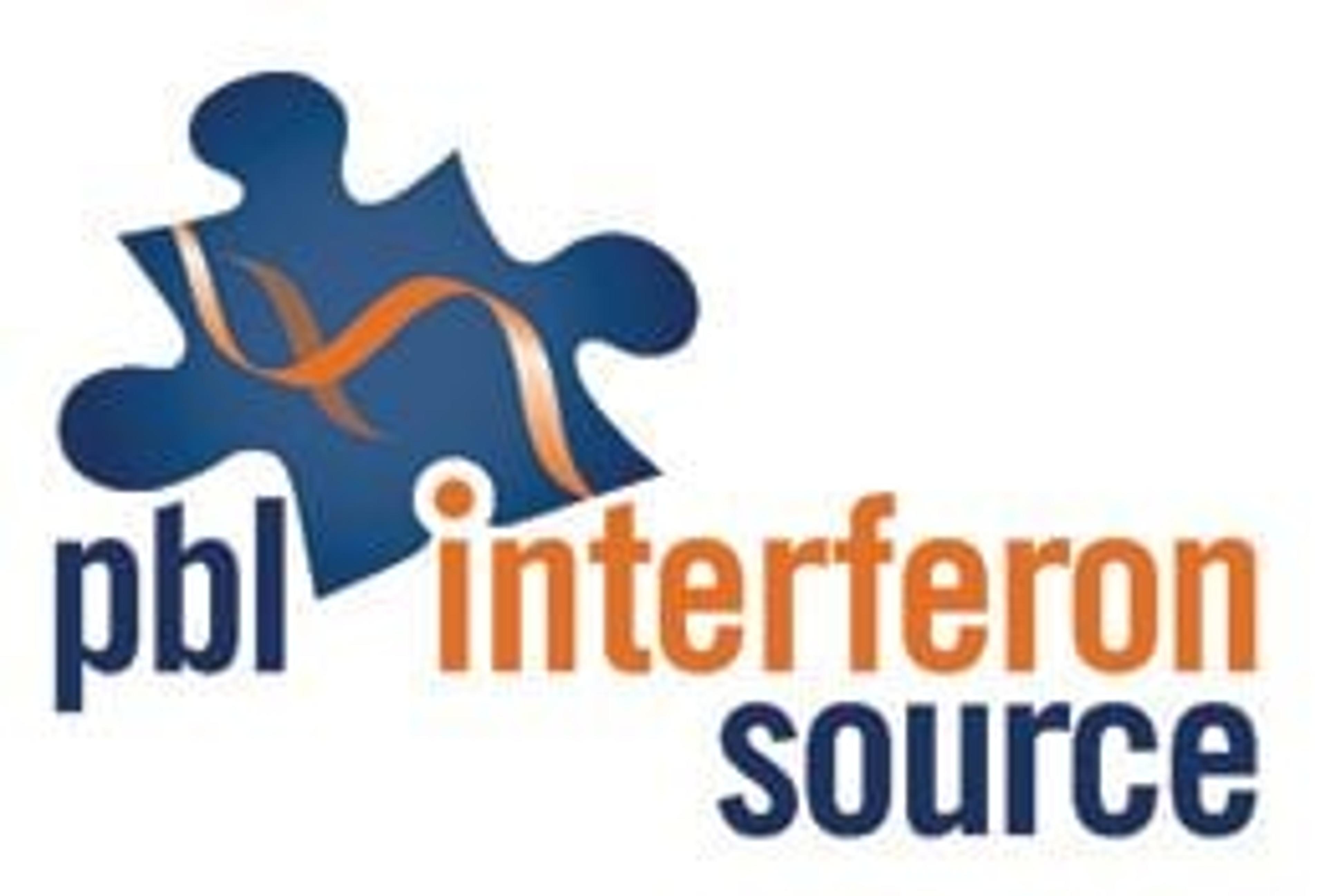Immunoassays Products & Reviews
Immunoassays
Selected Filters:
RarePlex Panel Kits
RareCyte, IncThe RarePlex Panel Kit product line includes immunofluorescence Panel Kits and Developer Kits for circulating tumor cell (CTC) characterization, including enumeration, and specific kits include additional biomarkers for in-depth phenotypic characterization. RarePlex Panel Kits are highly validated circulating tumor cell assays designed to work with the AccuCyte® Sample Preparation System, automated slide staining systems, a…
KRIBIOLISA™ PEG-GCSF (Pegylated Filgrastim) ELISA
KRISHGEN BioSystemsEnzyme Immunoassay for the quantitative determination of PEG-GCSF in serum, plasma and cell culture supernatant.
CytoSections: Validated Control for IHC, ISH, ICC
OriGene TechnologiesCytoSections is a verified, reproducible, and renewable positive control source where the target protein's expression is confirmed by western blot and IHC.
Aura PTx
Halo LabsAura® PTx gets you to your best formulation faster! Backgrounded Imaging (BMI) technology to give you accurate count, size, and morphology information about particles in your sample. Couple that with Fluorescence Membrane Microscopy (FMM), which gives you definitive ID of protein aggregates and an easy way to monitor polysorbate degradation.
Antibody development
BBI SolutionsOur unique combination of custom antibody development, lateral flow development and manufacturing services, signal enhancement technology and our mobile diagnostic platform are shaping the future of lateral flow. Our partnership approach allows you to work with one company to reach your assay goals.
PhIP-Seq
CDI Laboratories, IncVirScan™, HuScan ® , and MouseScan™ are applications of bacteriophage-display immunoprecipitation sequencing (PhIP-Seq), a powerful method of multiplexed analysis that combines high-throughput DNA sequencing with next-generation proteomics. PhIP-Seq is the highest-coverage antigen-specific assay yet developed, able to detect antibodies versus virtually any antigen via overlapping peptides.
IP-One ELISA assay kit
Cisbio BioassaysIP-One ELISA assay kit from Cisbio Bioassays - Simple and highly accurate measurement of IP1 IP1, a downstream metabolite of IP3, accumulates in cells following activation of Phospholipase C (PLC) coupled receptors. Among them, the Gq coupled GPCRs represent the most important family of receptors which can activate the β subtype of the PLC family. Other receptor types, like protein tyrosine kinase receptors, antigen or immuno…
Annexin-V-Biotin
Biotin-conjugated anticoagulant for the detection of phosphatidylserine in the outer leaflet of apoptotic cellsProduct Description Detection: Annexin-V-Biotin can be used in immunohistochemistry with a secondary detection system (e.g., Streptavidin-POD conjugate). Sample material: Cell lines and freshly isolated cells Specificity: Annexin-V binds in a calcium-dependent manner to negatively charged phospholipid surfaces, and…
Cell Death Detection ELISA
Roche Cell Death Detection ELISA - Photometric enzyme immunoassay for the quantitative in vitro determination of cytoplasmic histone-associated DNA fragments (mono- and oligonucleosomes) after induced cell deathBenefits of Roche Cell Death ELISA: High sensitivity: (5 x 102 cells/ml) Fast performance: (5 - 6 hours) No prelabeling of cells necessary Nonradioactive assay system No species restrictions Easy handling…
In Situ Cell Death Detection Kit, POD
Kit for the detection and quantification of apoptotic cell death on a single-cell level by light microscopy in immunocyto- and immunohistochemistry Benefits Sensitive: The maximum intensity of labeling (cell staining) of apoptotic cells is higher than the nick translation method. Fast: The use of fluorescein-dUTP allows analysis of the samples directly after the TUNEL reaction, but before the addition of the secondary d…
In Situ Cell Death Detection Kit, TMR red
Kit for the detection and quantification of apoptotic cell death on a single-cell level by flow cytometry and fluorescence microscopy, and for double labeling with fluorescein-labeled cell markers (TMR red)Benefits Convenient: No secondary detection system required. Accurate: Identification of apoptosis at a molecular level (DNA-strand breaks) and identification of cells at the very early stages of apoptosis. Flexible:…
Cellular DNA Fragmentation ELISA
Application The Cellular DNA Fragmentation ELISA may be applied to measure: Apoptosis by detection of BrdU-labeled DNA fragments in the cytoplasm of affected cells (= nonradioactive alternative to the [3H]-thymidine-based DNA-fragmentation assay). Cell-mediated cytotoxicity by detection of BrdU-labeled DNA fragments released from damaged target cells into the culture supernatant (= nonradioactive alternative to the [3H]-thymid…
5-Bromo-2'-deoxy-uridine Labeling and Detection Kit II
Application The kit is used for the detection of BrdU incorporated into cellular DNA by immunocyto/histochemistry. Benefits Safe: No radioisotopes are used. Easy to perform: Follows a standard immunohistochemistry protocol. Sensitive: Denaturation of DNA with nucleases allows for highly sensitive detection of BrdU. Flexible: Allows double-labeling protocols.
5-Bromo-2'-deoxy-uridine Labeling and Detection Kit I
Application The kit is used for the detection of BrdU incorporated into cellular DNA using immunofluorescence microscopy. It is used for the detection of DNA synthesis by either in vitro labeling of cells or organ cultures, or by in vivo labeling, in which frozen or paraffin-embedded tissue sections must be prepared prior to fixation. Benefits Safe: No radioisotopes are used. Easy to perform: Follows a standard immunof…
Cell Proliferation ELISA, BrdU (colorimetric)
Application The Cell Proliferation ELISA, BrdU (colorimetric) belongs to the second, improved generation of kits for measuring DNA synthesis. It is designed as a precise, fast, and simple colorimetric alternative to quantitate cell proliferation based on the measurement of BrdU incorporation during DNA synthesis in replicating (cycling) cells. Thus, the Cell Proliferation ELISA can be used in many different in vitro cell syst…
In Situ Cell Proliferation Kit, FLUOS
ApplicationThe In Situ Cell Proliferation Kit, FLUOS belongs to the second generation of improved kits for the detection of DNA synthesis at the single-cell level (in situ) by immunocyto-/immunohistochemistry. The kit can be used in many different in vitro and in vivo cell systems, for example: Detection and quantification of cells in S-phase Determination of growth fractions for tumors in animal-model systems Detectio…
M30 CytoDEATH, Fluorescein
ApplicationThe immunoreactivity of the M30 antibody is confined to the cytoplasm of apoptotic cells. It can be easily used for: Immunocytochemistry Flow Cytometry Immunohistochemistry: paraffin-embedded tissue sections (secondary enhancer reagents needed for this particular application) and cryostat sections Benefits Determine caspase activity, even in formalin-embedded tissue. Identify the stage of apoptosis (…
iLite Human Interferon Alpha kit
PBL InterferonSourceQuantitative determination of Hu-IFN alpha bioactivity Sample Volume: 25 µl Catalog Number: 51100-1 Quantity: 1 x 96 Assay Range: 1.5-200 IU/ml Shipping Conditions: Dry ice Storage temp.: -80˚C Shelf Life: 9 months from date of manufacture 2007 Retail Price: $895


